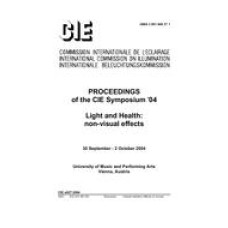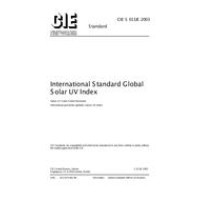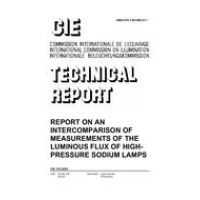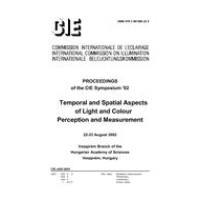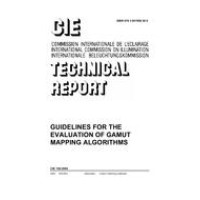CIE x027:2004
- Proceeding of the CIE Symposium 2004 on Light and Health: non-visual effects (includes cd)
- Conference Proceeding by Commission Internationale de L'Ecl
- Category: CIE
$270.30
$135.00
An exciting new discovery, two years ago, of a new photoreceptor in the eye - in addition to the rods used for night-vision and the cones used for colour-vision - was described in some detail. That novel receptor represents a "missing link" in describing the mechanism of biological effects as controlled by light and darkness. These effects, being studied in humans over the last 20 to 25 years, include for example the regulation of the melatonin, cortisol and growth hormones and to a certain extent also heart rate. The photoreceptor appears to be essential for maintaining and resetting the biological circadian clock. All these recent discoveries have excited the illuminating engineering and lighting design communities because of the potential to apply this knowledge to design a healthier light environment.The CIE Expert Symposium on Light and Health provided an excellent opportunity for both lighting scientists and photobiologists to explore and exchange the current knowledge regarding the biological effects of light (including ultraviolet radiation). Research results were presented to better understand how the spatial and spectral quality of light may best be used in lighting design.
Short-wavelength blue light appears to be most effective in "regulating" the biological clock. Excessive light has long been recognized as a potential hazard to the retina, particularly with regard to short-wavelength blue light which is responsible for instances of eclipse blindness or retinal blind spots produced by staring at the sun. However, the normal aversion to staring at very bright light sources normally precludes a hazard to the retina from intense lamp sources and the sun. Ultraviolet radiation is essential for health with the production of vitamin D, which is required for calcium metabolism, sound bones and other positive benefits. Ultraviolet seems also of value for other photo-immunological benefits (probably reducing risks for some forms of cancer). Excessive ultraviolet radiation exposure however poses a distinct risk of acute effects such as sunburn as well as delayed effects ranging from accelerated skin aging to severe skin cancer.
The symposium was divided into 5 main sessions:
•Circadian Effects
•Medical Applications and Beneficial Exposure
•Potential Hazards of Optical Radiation
•Applications
•Future Research and Elective UV Exposure.
A poster session was also included.
The proceedings contains 269 pages, with 119 figures (many of them in colour).
 PDF
PDF
All of our standards document are available in PDF (Portable Document Format), an electronic, downloadable format.You will be able to download the file in your account downloads.
 Multi-User Access
Multi-User Access
After purchasing, you have the ability to assign each license to a specific user.
 Printable
Printable
At any time, you are permitted to make printed copies for your and your members' reference use.

